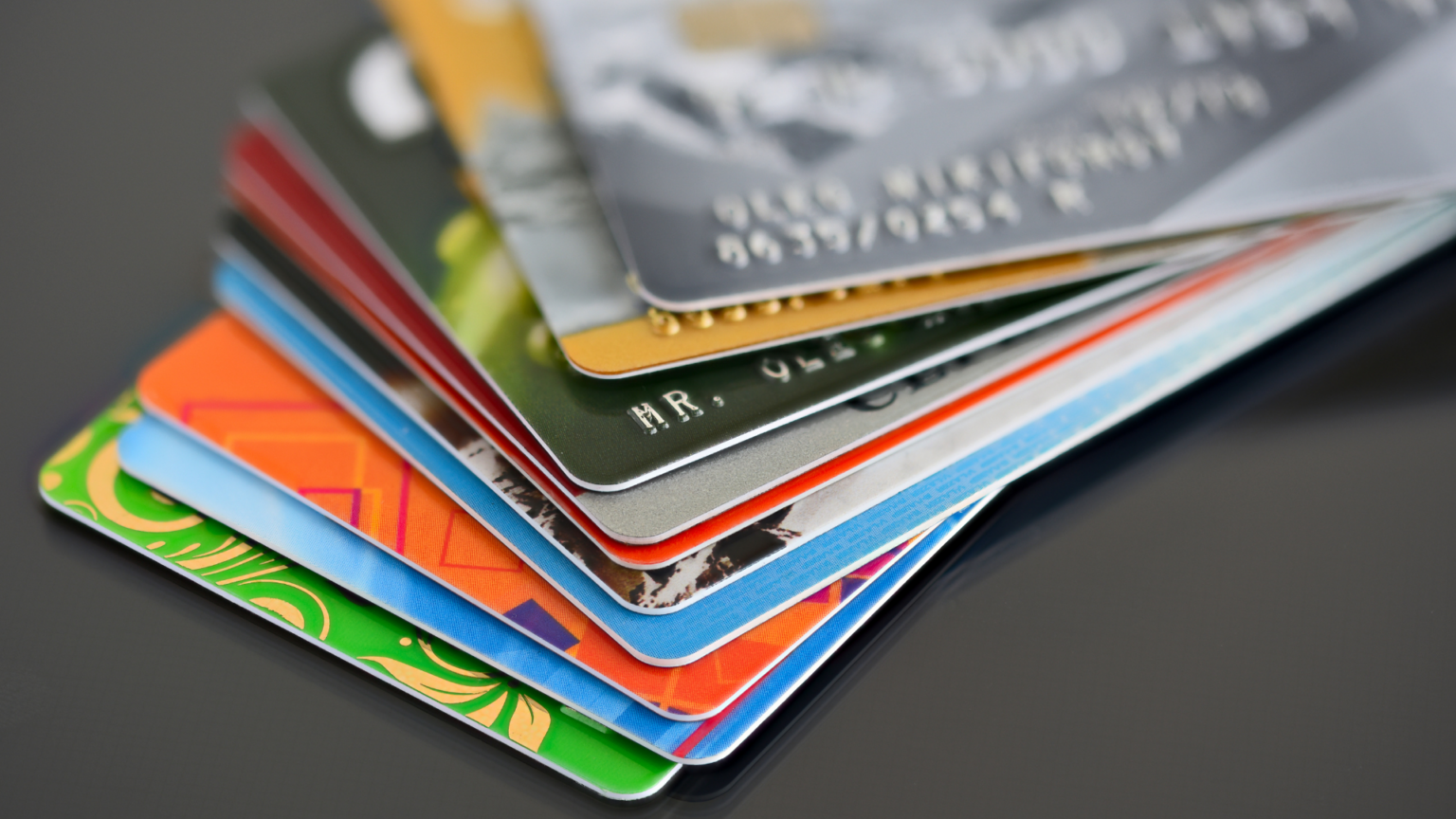Understanding the Different Types of Credit Card Rewards

Generally, there are three main types of points: transferable points, airline miles, and hotel points.
Transferable points, like those from Chase Ultimate Rewards or American Express Membership Rewards, are considered the most versatile of the three. They can often be transferred to multiple airline or hotel partners, making them particularly valuable for those looking to maximize flexibility. If you are not bound to a particular airline or hotel, this strategy can work very well for you.
Airline miles and hotel points, on the other hand, are usually tied to a single brand. Delta SkyMiles, United MileagePlus, Hilton Honors, and Marriott Bonvoy are examples of brand-specific points. These still work well, especially when paired with a co-branded credit card, but they typically offer fewer options.
Knowing and deciding upon the type of rewards to accumulate is key to an effective long-term strategy. Our research reveals that the most successful people are those who focus on transferable points first, then supplement with co-branded cards for select perks or elite status.
Choosing the Right Credit Card for Your Goals

Selecting a credit card for points and rewards is personal – not every card works for every person’s situation. Travel goals and frequency, business and personal spending habits, and even location are influential factors in choosing the most applicable card for you.
Frequent flyers might find cards that offer free checked bags, priority boarding, or first or business class for specific airlines. For example, the Delta SkyMiles American Express Platinum Card offers a companion ticket annually, which can be a substantial value for those who travel with a partner.
For the average consumer, cards with broad category bonuses and strong welcome offers often deliver the best results. The Chase Sapphire Preferred and Capital One Venture Rewards cards both provide flexible point systems and generous sign-up bonuses, often enough for a round-trip flight or two within the U.S.
It is also important to consider annual fees. A $95 fee might be worthwhile if it brings hundreds of dollars in travel value, but high-end cards with fees upward of $550 require deeper analysis. Those fees can be offset by luxury benefits like airport lounge access, travel credits, and elite status, but only if those perks make sense as a frequent traveler.
Mastering the Art of Sign-Up Bonuses

One of the fastest ways to build a substantial points balance is by maximizing credit card sign-up bonuses. You may have been on an airline when they were promoting a co-branded card that gave you points for signing up. In general, these promotions (on or off the plane) typically offer tens of thousands of points for meeting a minimum spending requirement within the first few months.
For instance, a current offer from the Chase Sapphire Preferred card provides 60,000 points after spending $4,000 in the first three months. That can be worth up to $750 in travel when redeemed through Chase’s portal, or potentially more when transferred to airline partners.
Signing up for a new card when you have a large purchase coming up, like home repairs, car repairs, or a family vacation, can help you meet the spending requirement without having to use your card for additional purchases.. However, applying for too many cards at once can negatively impact your credit score, as this raises red flags with card issuers, resulting in potential rejections.
Experienced point enthusiasts often stagger their applications, keeping track of spending deadlines, bonus expirations, and monitoring their credit score regularly. They accomplish this through spreadsheets or reward tracking apps. Discipline is crucial; missing a bonus threshold by even one dollar can forfeit thousands of potential points. You must have a system in order to make sure you are getting as many points as possible.
Earning Points Beyond the Basics

Once a welcome bonus has been secured, the next phase is maximizing everyday earning potential. This involves more than just using one card for all purchases. Most top travel cards offer bonus categories such as dining, groceries, travel, or gas. You must know which card earns the most in each category is essential.
For example, the American Express Gold Card earns 4x points at restaurants and U.S. supermarkets, while the Citi Premier Card earns 3x on gas stations, air travel, and hotels. Pairing multiple cards to maximize rewards on different types of spending is known as the “credit card trifecta” approach.
Sites like Rakuten or airline shopping portals provide bonus points for making online purchases through their links. Similarly, programs like American Airlines AAdvantage Dining offer miles simply for eating out at partner restaurants. Savvy travelers also use apps that alert them to new offers or allow them to link their cards for automatic bonuses. These small habits, when multiplied over time, significantly increase your points balance.
Redeeming Points Strategically for Maximum Value

Earning points is only the beginning of the process. The redemption process often determines the real value of your rewards. While most programs offer multiple redemption options, such as statement credits, gift cards, and merchandise, unfortunately, we have found that these often yield lower value than travel bookings.
Understanding partner transfers and dynamic pricing is of utmost importance to get the most out of your points. Transferring points to airline programs can yield outsized value, especially for international business-class flights. A one-way ticket that costs $3,000 in cash might only require 70,000 points plus taxes when booked through a partner airline.
However, not all redemptions are created equal. Booking through credit card travel portals may offer convenience, but often lacks the highest value. For instance, Chase points are worth 1.25 cents each through the portal with the Sapphire Preferred card, but transferring to Singapore Airlines for a premium cabin seat can stretch that value closer to 5 cents per point.
Timing and flexibility are also crucial. Award seats are limited and may require booking months in advance or being open to off-peak travel dates. Tools like AwardHacker and ExpertFlyer help identify the best redemption opportunities.
Avoiding Pitfalls and Common Mistakes

While maximizing rewards is rewarding, it is not without risks. The biggest mistake is carrying a balance. Interest charges can quickly eclipse any rewards earned, making the strategy financially unsound. Paying in full every month is non-negotiable.
Another common error is chasing bonuses too aggressively. Opening too many accounts in a short period can lead to denials, especially under issuer-specific rules like Chase’s 5/24 policy, which denies applications to those who have opened five or more cards in 24 months.
It is also possible to hoard points for too long. Rewards programs can devalue their points with little notice, meaning your hard-earned stash could lose value overnight. Experts recommend using points within one to two years unless saving for a specific trip.
Finally, poor organization can lead to missed opportunities. Failing to track expiration dates, spend requirements, or bonus categories can result in lost rewards. Many travelers rely on spreadsheets or services like AwardWallet to stay organized.
Navigating the Fine Print: Terms, Conditions, and Traps

Maximizing credit card rewards requires more than simply swiping for purchases. The intricate web of terms and conditions behind most points and miles programs can make or break a traveler’s strategy. While the headline benefits often sound generous, such as 100,000 bonus points or “2x points on travel,”—the real value comes in understanding the fine print.
One of the most overlooked elements is expiration. Some rewards programs maintain a “use it or lose it” policy. For example, American Airlines AAdvantage miles expire after 24 months of inactivity. On the other hand, Chase Ultimate Rewards do not expire as long as the card is open. Knowing the rules governing your points’ longevity helps you plan ahead and avoid losing value.
Equally important is redemption value. Not all points are created equal, and their worth varies significantly depending on how they are redeemed. A point redeemed for cash back may be worth just 1 cent, whereas transferring it to an airline partner might yield 2 to 3 cents per point in value, sometimes more. According to travel website The Points Guy, a savvy redemption through programs like Air Canada Aeroplan or Singapore KrisFlyer can turn 100,000 points into several thousand dollars worth of international travel.
Lastly, beware of hidden fees, minimum spending requirements, and penalties for late payments. These can not only erode the value of your rewards but also damage your credit score. A cautious and well-informed approach ensures you extract the full benefit of your card while staying financially healthy.
Real-Life Stories and Expert Perspectives

Loyalty programs are constantly evolving, but those who adapt continue to win big. Jen Ruiz, a travel blogger and author of “The Affordable Flight Guide,” told Forbes that she flew to over 20 countries in a single year using points and miles. “I earned over one million points in 12 months by optimizing welcome bonuses, category spend, and referral programs,” she said.
Another enthusiast, Dave Grossman, creator of MilesTalk, emphasized the value of transferable points. “The flexibility they offer is unmatched. Being able to shift points to different partners based on award availability is a game-changer,” Grossman explained.
Even among everyday travelers, the payoff can be tangible. A couple from Seattle used points from two credit card bonuses to cover flights and hotel for a weeklong trip to Italy. “It felt like we had hacked the system,” they said.
These examples reflect a broader trend: with strategy and discipline, free travel is no longer just for influencers or business travelers. It is within reach for anyone willing to learn the rules.
TL;DR: Key Takeaways for Free Travel Using Credit Card Rewards
- Focus on transferable points for the most flexibility and value
- Choose cards based on your travel goals, spending categories, and ability to use perks
- Maximize sign-up bonuses by timing them with major purchases
- Use multiple cards to optimize points in various spending categories
- Redeem points for flights and hotels instead of cash or gift cards to get the best value
- Avoid carrying a balance and apply for cards strategically
- Use tools and trackers to stay organized and avoid losing points
- Real travelers have saved thousands by following these strategies
Free travel is not a myth. With the right plan, the world can truly be your reward.
















